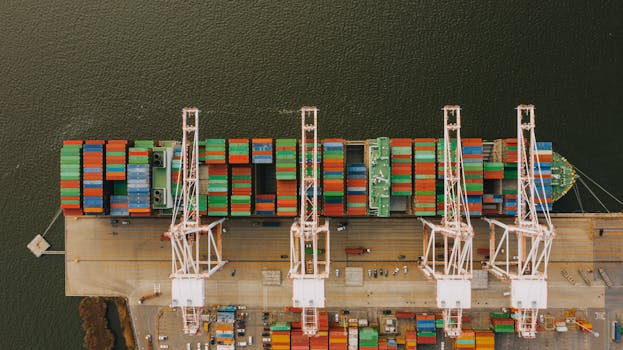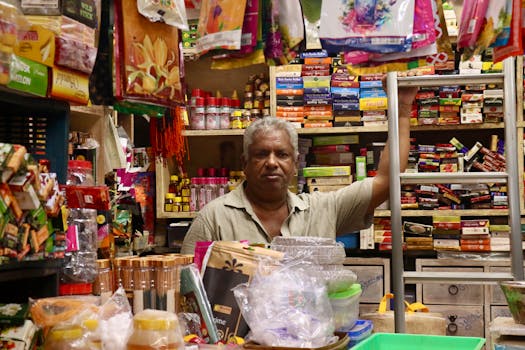Companies with the best and the worst technicals.
Lists of companies in NSE500 with the best and the worst technicals...
Lists of companies in NSE500 with the best and the worst technicals...
Lists of companies in NSE500 with the best and the worst fundamentals...
List of the latest important filings for NSE500....

This article explores how India is navigating the complexities of global trade...

This article explores the economic consequences of the recent halt in trade...

This article explores the outcomes of the India-U.S. trade talks focusing on...

As of October 2023, India stands as one of the foremost countries in the world with robust foreign exchange reserves. The latest data from the Reserve Bank of India (RBI) indicates that India’s forex reserves reached a remarkable $620 billion, showcasing an increase in confidence in the Indian economy amid global financial fluctuations.
One pivotal factor contributing to the swelling forex reserves is the substantial inflows from Foreign Direct Investment. According to the Department for Promotion of Industry and Internal Trade (DPIIT), FDI in India surged to $84 billion in FY 2022-23, marking an increase of over 20% compared to the previous fiscal year. Sectors such as technology, financial services, and pharmaceuticals have been significant beneficiaries, attracting global investors, which in turn bolsters foreign reserves.
India's export sector has shown resilience, with merchandise exports valued at $443.2 billion in FY 2022-23, as reported by the Ministry of Commerce. Additionally, Indian expatriates contributed approximately $100 billion through remittances, providing a steady inflow of foreign currency that also shores up forex reserves. Major contributors to this flow include the United Arab Emirates, the United States, and Saudi Arabia.
The dynamics of global commodity prices impact the trade balance, which in turn affects forex reserves. For instance, the rise in oil prices—crucial for India, being one of the largest importers of crude oil—has a double-edged effect. With the average Brent crude price hovering around $90 per barrel in recent months, India has experienced heightened pressure on its trade balance. However, effective economic policies and improving trade relationships with countries like Australia and the U.S. have helped mitigate these impacts by improving agricultural and service exports.
The Reserve Bank of India’s prudent monetary policy has further supported the growth of forex reserves. The RBI has actively managed the currency by intervening in the foreign exchange market, maintaining a healthy balance between currency stability and growth. Moreover, the central bank’s policy rate, currently at 6.5%, remains attractive for foreign investors seeking higher returns on investments, subsequently enhancing forex inflows.
India has also taken advantage of external commercial borrowings and portfolio investments to bolster its forex reserves. With global interest rates rising, the country's government bonds have become increasingly appealing to foreign institutional investors (FIIs). In the year so far, portfolio inflows have seen a significant uptick, with FIIs investing around $11 billion in Indian equities in the first eight months of 2023, providing much-needed foreign currency liquidity.
The increase in forex reserves has profound implications for India’s economic stability. A healthy reserve buffer serves as a buffer against external shocks, whether they be global economic downturns, geopolitical uncertainties, or rising oil prices. With reserves at $620 billion, India has the capacity to cover approximately 10 months of merchandise imports, signifying enhanced economic security.
Furthermore, higher forex reserves positively influence the Indian Rupee’s stability, reducing volatility in exchange rates. This, in turn, enhances investor confidence and encourages both domestic and foreign investments. The Reserve Bank of India’s ability to manage the currency effectively with a cushion of substantial reserves also enhances its credit ratings, improve borrowing costs, and facilitate access to international financing.
Moreover, the burgeoning reserves empower the Indian government to implement expansionary fiscal policies and stimulate economic growth without the immediate fear of currency depreciation. This situation not only helps in sustaining growth momentum but also fosters public financial management through increased credibility in the eyes of global financial markets.
In conclusion, India's rising forex reserves depict a dynamic narrative of robust economic performance shaped by strategic investments, steadily bolstering exports, and fiscal prudence. These reserves are not merely a number; they embody the nation’s economic resilience and ability to navigate an increasingly volatile global environment.

This article explores the detrimental effects of terrorism on India's economy, highlighting...

The proactive measures taken by Indian airlines in response to the Pahalgam...